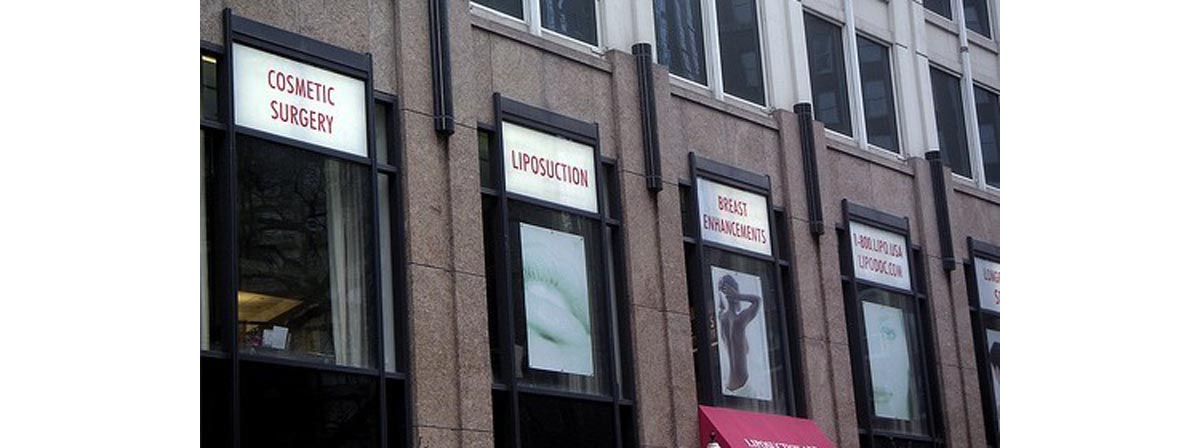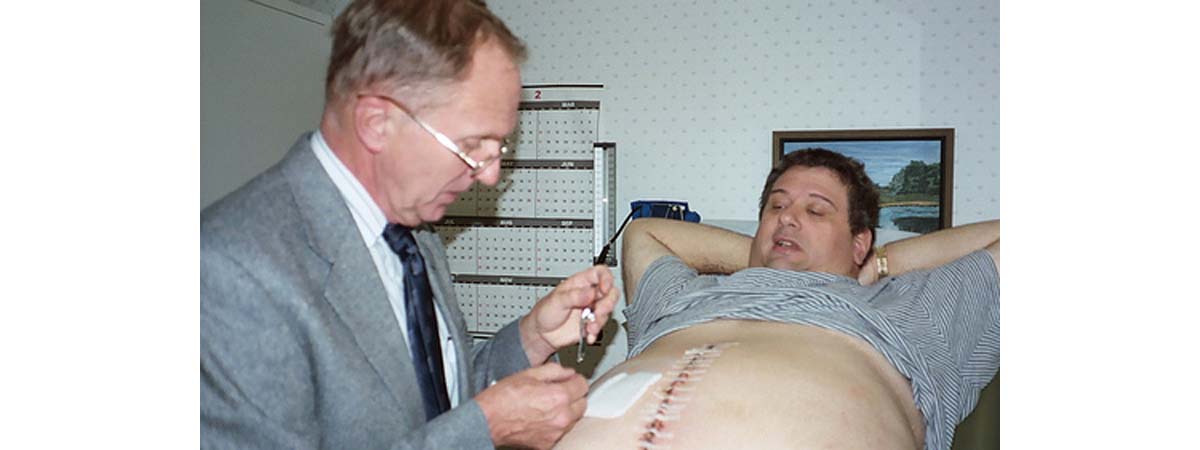People worldwide have long raved about liposculpture, which has been popular for years already — and those who have been through it and are thrilled with the results often make it sound easy. What are the risks associated with the procedure, though, and is it right for everyone?
Read on to find out about the risks and important considerations before deciding to opt for liposculpture yourself.
What is Liposculpture?
Liposculpture is another term commonly used for liposuction and it describes the cosmetic surgery that is undertaken to, essentially, vacuum the fat deposits from beneath the skin with the objective of reducing fullness in specific and targeted areas such as hips, abdomen, thighs, hips, knees, buttocks, upper arms, cheeks, chin, and neck.

The excess fat can be sucked out of the body by either using a vacuum suction cannula — which is a hollow pen like instrument — or by using an ultrasonic probe, which breaks the fat into small pieces and then removes it from the body with the help of a suction technique.
Liposculpture is slightly different from liposuction as at times liposculpture also involves removal of fat from one part of the body and injecting it into a different part, thereby transplanting fat with the objective of sculpting or enhancing the overall body contours. Liposuction involves the suctioning of fat without the 3 dimensional contouring of the body. Liposculpturing requires an excellent surgical technique coupled with a very artistic eye to reshape or sculpt the body, and surgeons who perform it are artists as well as doctors.
Liposuction or liposculpture procedure might include the suction of fat from more than one site, for example, back, abdomen, and thighs on the same day. Liposuction technique is only adopted with the objective of body contouring. It is not a weight loss technique.
Types of Liposuction techniques
Various types of liposuction techniques are adopted by surgeons. Some of the commonly used techniques are listed below:
- Tumescent liposuction: The tumescent liposuction technique involves injecting a tumescent solution, which is a mixture of lidocaine and epinephrine, under the skin near the problem areas. The tumescent solution causes the fat to expand and then loosen. The loosened fat is then sucked out with the help of a syringe or a metal tube. The lidocaine present in the tumescent solution is responsible for causing numbness in the treated area and the epinephrine minimizes the blood loss by shrinking the capillaries.
- Ultrasound-assisted liposuction: In the ultrasound-assisted liposuction technique, ultrasonic energy is applied through the cannula used for liquefying the fat. Once the fat is liquefied, it is sucked out using the same cannula. The ultrasound-assisted liposuction technique is very helpful in removing fat from the sides, upper abdomen, and back.
- Laser-assisted liposuction: In the laser-assisted liposuction technique, fat is liquefied using a laser beam and it is then vacuumed out through the cannula.
The type of liposuction technique adopted by a surgeon depends on the patient and the operating surgeon’s preference and skills. The tumescent liposuction technique offers the advantage of the fastest recovery time and negligible side effects.
Good Candidates for Liposculpture
Liposuction or liposculpture procedure is typically performed for removing stubborn deposits of fat from various areas of the body such as waist, tummy, buttocks, thighs, hips, knees, arms, and neck.

Liposculpting technique for removing excess fat is typically employed as a last resort when fat refuses to go away even after diet control and exercises.
Typical characteristics of an ideal candidate for a liposculpture are given below:
- The person should be average or slightly above average weight.
- The skin of the person should be firm and elastic.
- The person should be in an overall good health.
- The person should have concentrated pockets of fat that refuse to go away with exercise and diet control.
People who have cellulite might not be good candidates for liposculpture as there is a risk that they might develop skin irregularities in the treatment area. Age is also not a big consideration while judging the adequacy of the operation. However, the elasticity of the skin is a major deciding factor. It is often observed that older people have less elastic skin and therefore they might not get the same results as younger people with tighter skins.
Risks involved with Liposculpture
Liposculpture, like any other operation, poses certain risks. Awareness about these risks will help you make an informed decision regarding the operation. The key risks involved with liposculpting are listed below:
- Infections: The treated area is prone to getting infected if the wounds are not kept clean.
- Puncture wounds: The operation runs the risk of creating visceral perforations, which implies that a damage or puncture might happen to the organs while liposuction is being performed. If puncture wounds do happen with the procedure then another surgery might be required for repair. At times, these visceral perforations might be fatal.
- Embolisms: During the process of liposuction, there is a possibility that the loosened fat enters the blood stream through the blood vessels that are ruptured. This loosened globule of fat, also referred to as an embolus, can block the flow of blood to another part of the body or might get sucked up by the brain or the lungs. This can cause permanent disability and can even be fatal.
- Seroma: Another risk factor associated with liposuction surgery is the formation of seromas, which are tumor-like pockets of serum. Seromas might come up in areas where the fat cells have been removed.
- Paresthesias: Paresthesias refers to an altered sensation in the area where the liposuction surgery has been performed. This alteration in sensation occurs due to nerve compression and might cause an increased sensitivity or pain in the affected area or might even cause numbness. At times, the paresthesias can even be permanent.
- Skin necrosis: Certain instances of liposuction surgery have also resulted in skin necrosis wherein the skin where the liposuction procedure has been performed changes color and eventually falls off. The areas where skin necrosis happens can become infected by bacteria and other microorganisms.
Important Considerations for a Liposculpture Procedure
If you are considering going in for a liposculpture procedure, you must weigh the following factors:
- Your looks post liposuction: Though numerous people report satisfactory results post their liposculpture procedure, you must consider the fact that your looks post the procedure might not be as you had expected. Therefore you must not keep unrealistic expectations from your liposuction procedure.
- Results of the procedure might not be permanent: You must take into account that the results of the liposuction procedure are not permanent. If you put on weight after the procedure, then there is a high likelihood that fat will return to the specific points where you had got liposuction done.
- Liposuction is not advisable for everybody: You must take into account that liposuction procedure is expensive and it is not paid for by medical insurance companies. If you are overweight and have a tendency of putting on weight, or your skin is not as elastic as is required for the procedure, you must not insist on getting the procedure done. If you are suffering from a disease that affects wound healing, then you are not the right candidate for the procedure.
- “Skin and Wound Infection by Rapidly Growing Mycobacteria: An Unexpected Complication of Liposuction and Liposculpture”, by Jorge Murillo, et al. Published in the November 2000 issue of JAMA Dermatology, accessed on September 15, 2013
- “Liposculpture with Ultrasound: Biomedical Considerations” by Giuseppe Bruno, et al. Published in the November 1998 issue of the Aesthetic Plastic Surgery, accessed on September 15, 2013.
- Photo courtesy of Greg by Flickr : www.flickr.com/photos/gwdexter/2290490546/
- Photo courtesy of Dale Leschnitzer by Flickr : www.flickr.com/photos/dalehugo/43675078/

